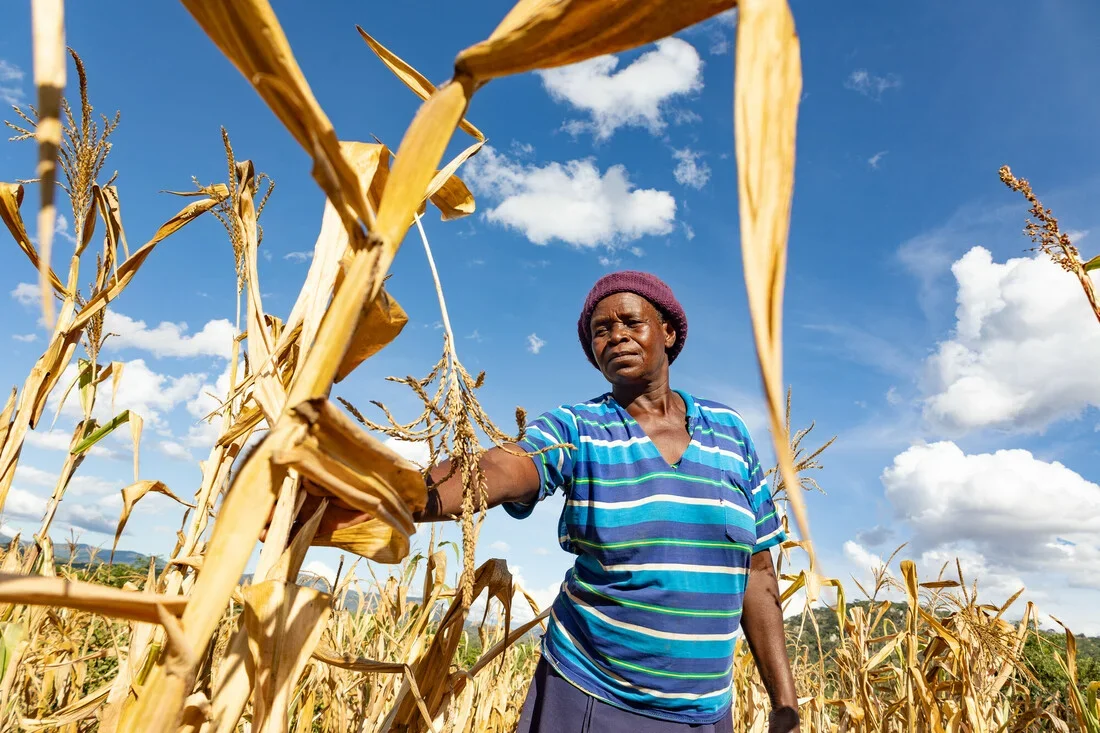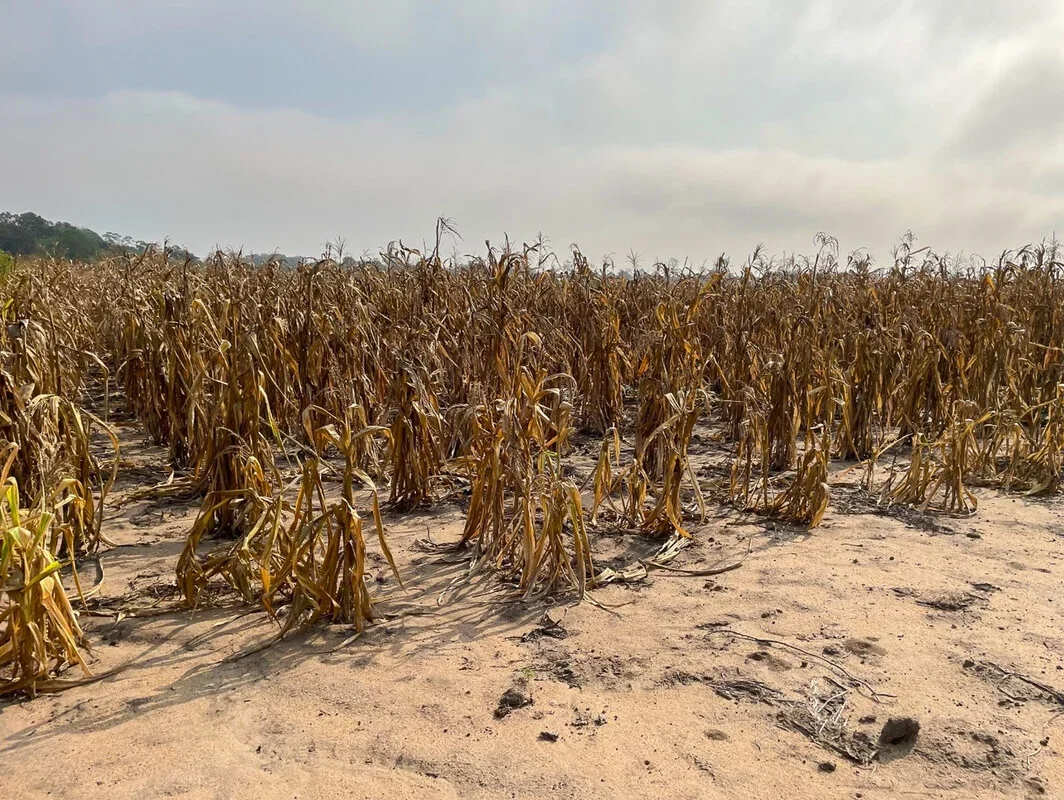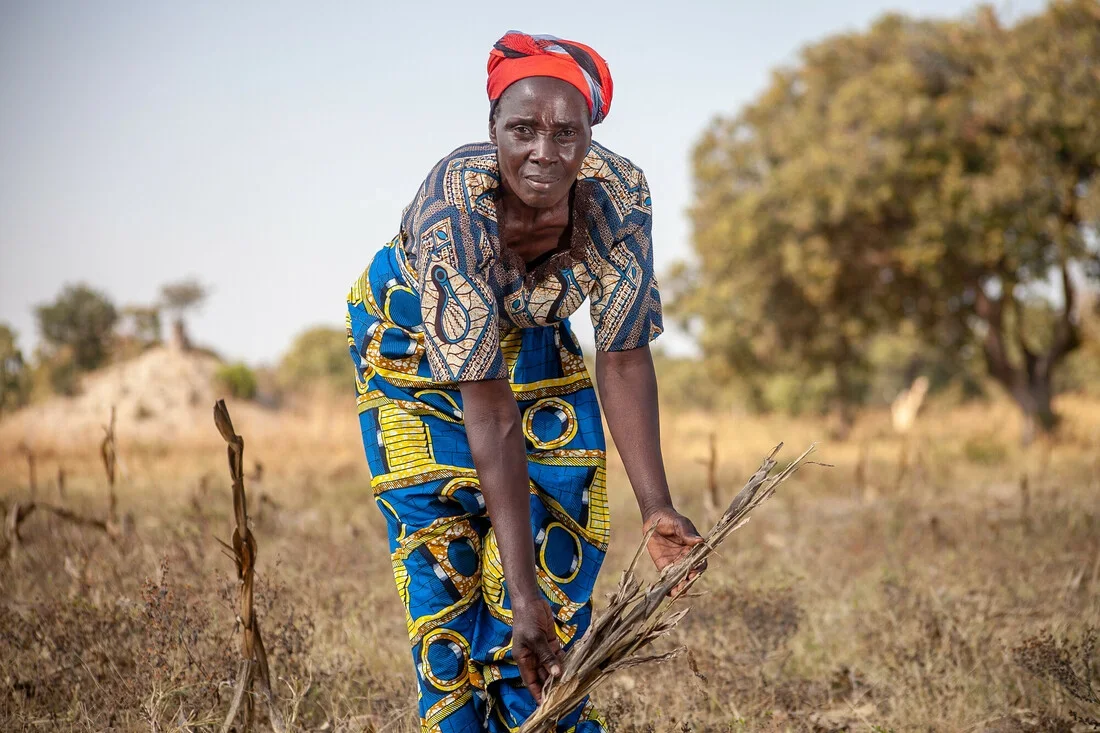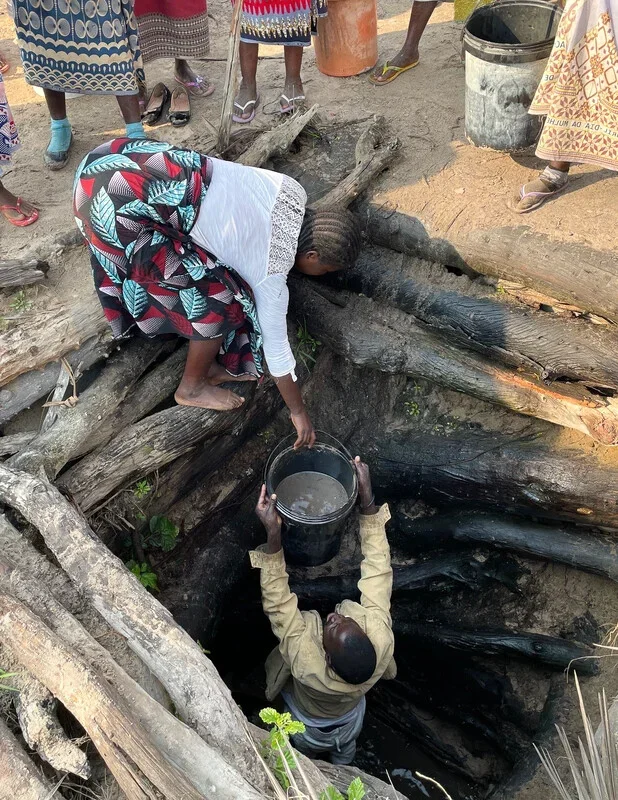Supporting women-led organizations and Humanitarian Partnership Platforms is essential to address community-level needs and mitigate the risks of violence against women and girls exacerbated by the hunger crisis. We need to focus on helping communities become more resilient, especially by empowering women and girls. This includes programs like Climate-Smart Agriculture, which have shown great results in helping people adapt to change and creating a more equal future. The situation in Southern Africa demands urgent action from governments, humanitarian organizations, and international partners. By addressing funding gaps, prioritizing direct and flexible funding, enhancing access to funds, and streamlining funding mechanisms, we can provide life-saving assistance, restore essential services, and lay the groundwork for resilience and recovery.
Empowering women and girls is not just a moral imperative; it is a practical strategy for building resilience.
The situation in Southern Africa demands urgent action from governments, humanitarian organizations, and international partners. Funding gaps must be addressed, and donors must prioritize direct and flexible funding that can reach those most in need. By enhancing access to funds for local actors and international NGOs with strong community ties, we can ensure that life-saving assistance is delivered where it is most needed.





